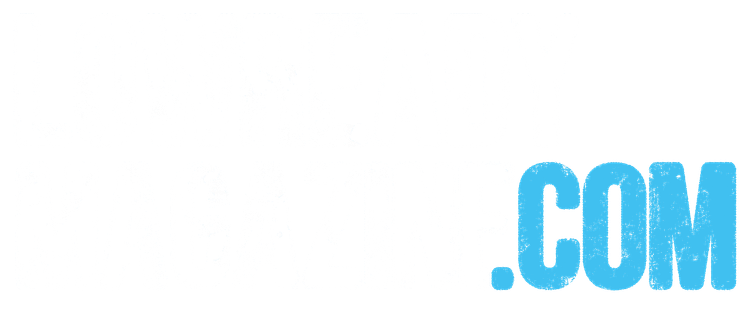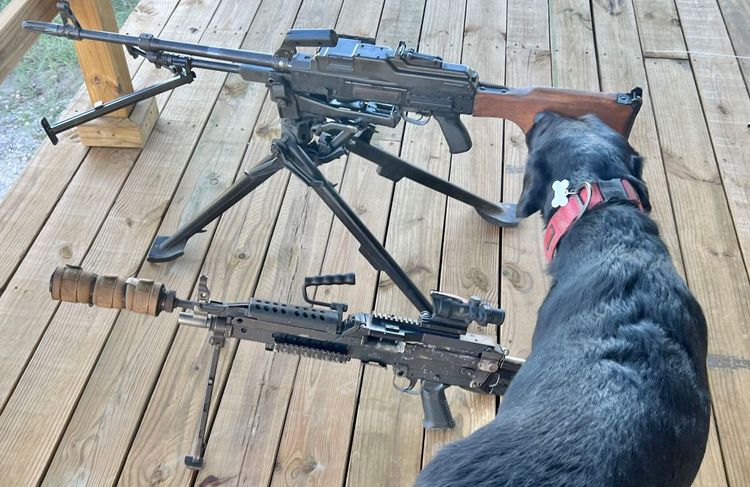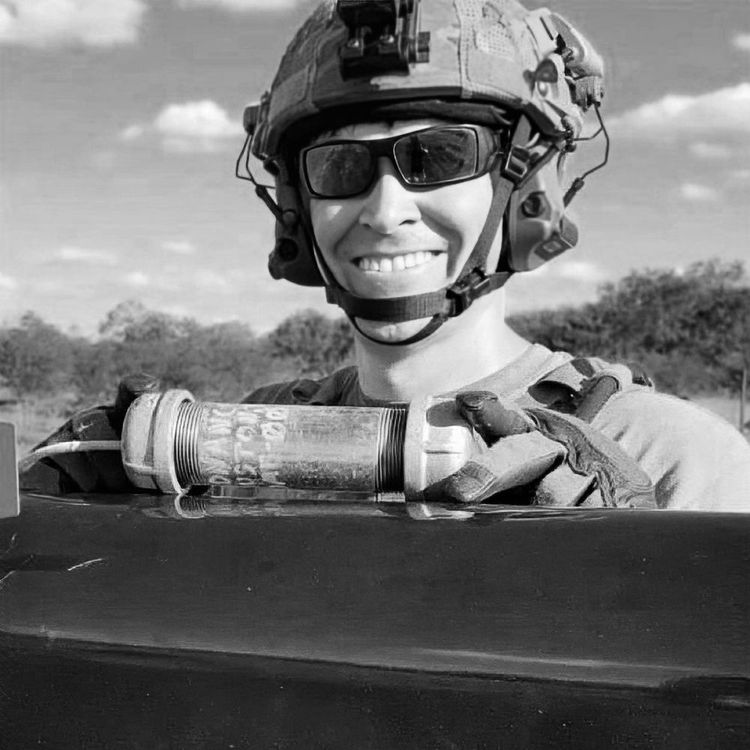It is possible for private individuals to legally own a machine-gun in the United States.
But to better understand the legalities of owning machine-guns in the US, it is best to view machine-guns as illegal, with certain exceptions.
It is important to differentiate between the technical term for a machine-gun and the legal term of a machine-gun.
From a technical and/or military perspective, calling something a “machine-gun” means it is a firearm designed for sustained full-auto fire of a rifle cartridge. This would mostly be belt-fed weapons such as an M240 or M249 SAW. Submachine-guns (Uzi, MP5, etc), select-fire rifles (M4, AK47, etc), automatic rifles (BAR, M27 IAR, etc) and other weapons capable of full-auto fire; are technically not machine-guns.
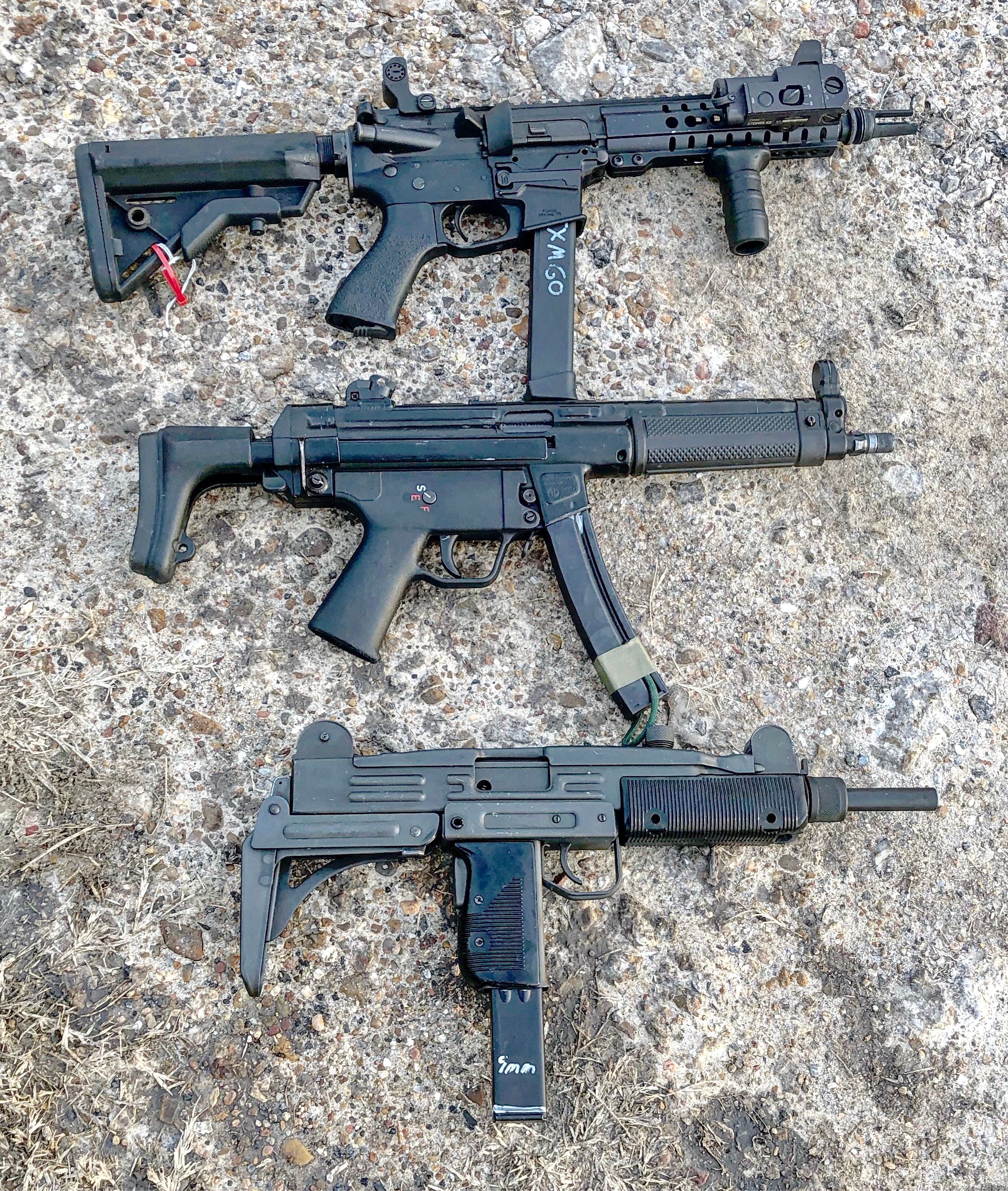
In the US, under the National Firearms Act (NFA), machine-guns are defined as:
“any weapon which shoots, is designed to shoot, or can be readily restored to shoot, automatically more than one shot, without manual reloading, by a single function of the trigger. The term shall also include the frame or receiver of any such weapon, any part designed and intended solely and exclusively, or combination of parts designed and intended, for use in converting a weapon into a machinegun". This means any firearm capable of firing more than one shot per trigger pull or a conversion device to make a semi-automatic weapon do so, is a machine-gun. Any further use of the term machine-gun, refers exclusively to the legal term under the NFA.
Technically ownership of machine-guns became illegal on 26 July 1934 when the NFA came into effect
Machine-guns registered with the federal government in the National Firearms Registration and Transfer Record (NFRTR) were exempted from the ban. Making or transferring machine-guns to people who do not pay a yearly Special Occupational Taxpayer (SOT) tax, costs $200 per firearm made or transferred.
From 1934 until 19 June 1968, machine-guns could still be imported for private citizens to own. But the Gun Control Act (GCA) of 1968 prohibited the further import of machine-guns for private sale. Machine-guns could still be imported for government agencies, and also for dealers to demonstrate to police and law-enforcement. Domestically made machine-guns remained unchanged.
Then everything changed on 19 May 1986 with the Hughes Amendment to the Firearms Owners Protection Act (FOPA). The Hughes Amendment did not “ban” machine-guns. Rather it prohibited the further registration of new machine-guns for civilians. Machine-guns registered with ATF prior to that date could still be sold and transferred by civilians. These have become known as “transferrables”. But any machine-guns made and/or registered after that date, are categorically illegal with very narrow exemptions.
One thing people often confuse is registered with ATF vs manufactured before 19 May 1986. The key factor is if a machine-gun was registered in the NFRTR before the cut-off. The US military is sitting on massive stockpiles of machine-guns made before 19 May 1986. Despite being made before the FOPA became law, because they are owned by the military and thus not registered with ATF in the NFRTR, none of those can ever become transfereable. Yet machine-guns owned by civilian police departments are on the NFRTR and can be transferable. Same thing with importing machine-guns. Just because a machine-gun was made outside of the US before 19 May 1986, does not mean it can be imported and made transferable.

This creates 3 general categories for machine-guns in the US:
- Transferables: These are machine-guns domestically made and registered before 19 May 1986, and machine-guns imported and registered before 19 June 1968. These can be owned and sold by anyone living in a state where they are allowed.
- “Pre-May” Dealer Samples: These are machine-guns imported between 19 June 1968 and 19 May 1986. These weapons can only be acquired by someone with a Federal Firearms License (FFL) and who has paid the annual SOT tax. However, if the FFL/SOT gives up their FFL/SOT they can be kept by the FFL/SOT. While they can continue to be owned without an FFL/SOT, they can only be transferred to other FFL/SOTs. These are often advertised on Gunbroker as “keepers”.
- Post-Samples: These are machine-guns registered after 19 May 1986. Also commonly known as “posties”. These machine-guns are categorically illegal for non-FFL/SOTs. These can only be possessed by an FFL/SOT as long as they have a valid FFL/SOT. If they give up their FFL/SOT, the machine-guns have to be transferred, surrendered to ATF, or destroyed before their FFL/SOT expires.
The laws around Post-Sample machine-guns get rather complex.
In ATF’s eyes, after 19 May 1986, machine-guns can only be made for 3 reasons: sale to governments, use by other FFL/SOTs as examples to get future sales of machine-guns from governments, and for export. Any other manufacturing of machine-guns is categorically illegal. That being said, a manufacturer FFL/SOT can register as many machine-guns as they want. So you have FFL/SOTs making machine-guns for their own amusement, but they are doing so at their own risk. Also manufacturing machine-guns requires registration with the US Department of State under the International Traffic in Arms Regulations (ITAR).
While any type of machine-gun can be manufactured in the US by an FFL/SOT, importing machine-guns is much more difficult. While a government agency can import any weapon they wish, a dealer can only import newly manufactured machine-guns which ATF has deemed suitable for police use, and only for the purposes of demonstrating to a government agency. So importing an original MG42 or ZSU-23 23mm anti-aircraft system, is not going to work.
Transferring Post-Sample machine-guns is also complex. As the primary legally allowed reason to own machine-guns is related to their sale to government entities, ATF will only approve the transfer of machine-guns between FFL/SOTs if a government entity provides what is known as a “demonstration letter” (or “demo letter”) requesting a demonstration of a particular machine-gun. ATF used to be very liberal with allowing machine-gun transfers, where small police departments would want “demonstrations” of mini-guns, Mk19s, and other awesome toys. ATF has very much cracked down on those and demonstration letters have to be for whatever ATF bureaucrats determine is reasonable for that police agency. ATF also very much frowns upon falsifying demonstration letters.
There is an exception to the requirement for a demonstration letter to transfer machine-guns between dealers, when an FFL/SOT is going out of business. Before the FFL/SOT expires, ATF will allow any FFL/SOT to transfer their Post-Sample machine-guns to an importer or manufacturer FFL/SOT. These are known as “no letter” guns. They will command a premium as they do not require a demo letter, but this is only for a single transfer. There is nothing of enduring value to “no letter” machine-guns.
While ATF normally has nothing to do with firearm parts and accessories; devices which convert a non-machine-gun into a machine-gun, are regulated as machine-guns. This is things like Glock autosears (or “switches), “lightning links”, HK trigger packs, Uzi bolts, etc. Bumpstocks were never banned at the federal level. Rather, the ATF merely redefined them from unregulated pieces of plastic, into “machine-guns”. As machine-guns they had to be registered to be legal, but since ATF would not accept any requests to register new machine-guns, they became illegal contraband.
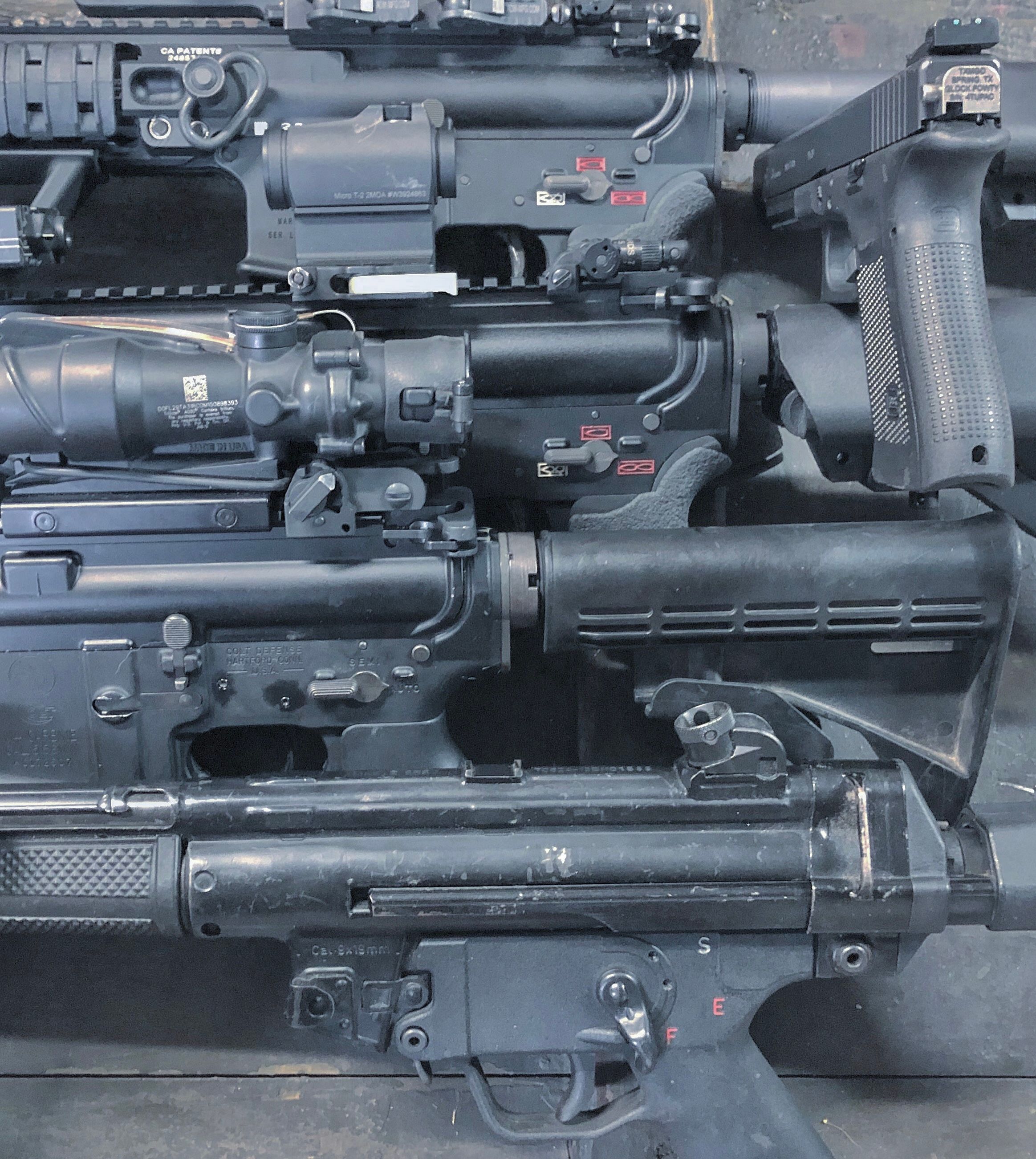
So what does all this mean?
- Transferable Machine-Guns are Expensive: Given that there is a limited supply of Transferable machine-guns, and more people wanting them every day, they are very expensive. I bought my first MAC-10, new-in-the-box back in 2007 for $2,800. I sold it in 2016 for $7,500. Today they are around $10,000.
- Many People Get FFL/SOTs to Own Machine-Guns: The annual cost for the SOT is $500 a year. With that, you can make or own as many machine-guns as you can afford and have transferred to you. That’s 20 years of SOT payments for the cost of a single MAC-10. However, ATF is cracking down on this and I would very much recommend against it.
ATF Does Not Like Them: The quickest way to get on ATF’s naughty list, is to start doing creative things with machine-guns or things that act like machine-guns. Forced Reset Triggers (FRTs) are a great example of this.
If you have the money, all kinds of transferable machine-guns are out there. You can also get your FFL/SOT and pay the fees related to ITAR, and make your own machine-guns. But if you are not actively in the business of selling firearms and are just screwing around, odds are you are going to get an unpleasant visit from the ATF.
